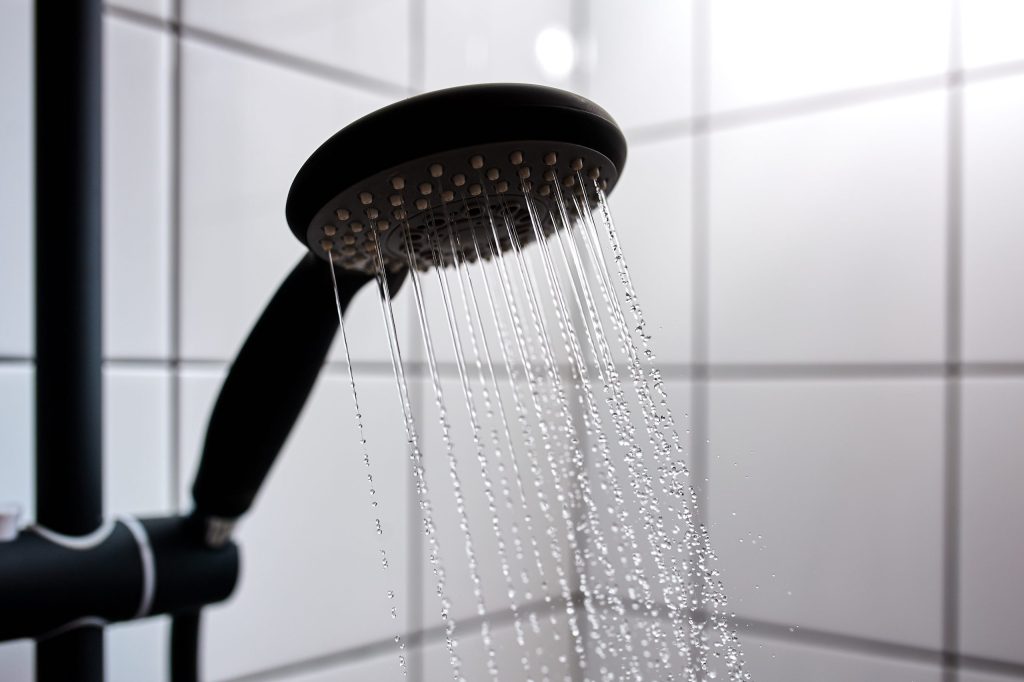A well pump system is essential for homes that rely on private wells for their water supply. Unlike municipal water systems, which deliver treated water through a network of pipes, a well pump system draws water from an underground source and distributes it to the home. Each component plays a crucial role in ensuring water flows efficiently and remains safe for use. Understanding the parts of a well pump system can help homeowners recognize potential issues and keep their well functioning properly.
From the well casing to the pressure tank, each part has a specific function that contributes to a reliable water supply. This article will break down these key components, explaining what they are, where they are located, and how they work to maintain consistent water pressure and quality.
The Well Casing
What It Is
The well casing is a durable pipe that lines the borehole of the well, providing structural support and protecting the water source from contaminants. It is typically made from steel or PVC and is designed to prevent soil, bacteria, and other debris from entering the well.
Where It Is Located
The well casing extends from the ground surface down to the aquifer, ensuring that the well walls remain intact. The depth of the casing depends on the location and the groundwater source.
What It Does
When it comes to parts of a well pump system, the casing is the foundation of the system and serves as a protective barrier that maintains the integrity of the well. It prevents surface contaminants from seeping into the water supply and keeps the borehole from collapsing. A well casing that is properly installed and maintained is crucial for the longevity and safety of a well system.
The Well Cap
What It Is
The well cap is a secure cover that fits on top of the well casing. It is typically made from aluminum or plastic and includes a vent to allow air exchange, which helps maintain proper water pressure.
Where It Is Located
The well cap is located at the top of the well casing, just above ground level. It is securely fastened to prevent unwanted entry into the well.
What It Does
The primary function of the well cap is to keep out contaminants such as insects, small animals, and debris. It also prevents rainwater and surface runoff from entering the well, which could introduce bacteria and pollutants. A properly sealed well cap is essential for maintaining a clean water supply.
The Well Pump
What It Is
One of the most important parts of a well pump system, the pump is responsible for drawing water from the well and delivering it to the home. There are two main types of well pumps:
- Submersible pumps are installed inside the well and push water upward.
- Jet pumps are located above ground and use suction to pull water from the well.
Where It Is Located
A submersible pump is installed deep inside the well casing, submerged in the water. A jet pump is mounted above ground, typically in a basement, utility room, or pump house.
What It Does
The well pump moves water from the well to the home’s plumbing system. It operates automatically based on water demand, turning on when pressure drops and shutting off when pressure is restored. A well-functioning pump ensures a consistent water supply with adequate pressure for household use.

The Well Pressure Switch
What It Is
The pressure switch is an electrical device that controls the operation of the well pump. It monitors water pressure levels and signals the pump to turn on or off as needed.
Where It Is Located
The pressure switch is typically mounted near the pressure tank, either in a basement, utility room, or pump house.
What It Does
The pressure switch ensures that the well pump only operates when necessary, maintaining consistent water pressure throughout the home. When water is used and pressure drops below a set level, the switch activates the pump. Once the desired pressure is reached, it turns the pump off. A faulty pressure switch can cause erratic water pressure or prevent the pump from running, making it a crucial part of the well system.
The Well Pressure Tank
What It Is
The pressure tank is a storage tank that holds water under pressure, reducing the need for the pump to run continuously. It contains an air bladder that compresses as water fills the tank, helping to regulate pressure and maintain a steady flow.
Where It Is Located
The pressure tank is typically installed inside the home, in a basement, utility room, or pump house.
What It Does
The pressure tank helps maintain water pressure and extends the lifespan of the well pump by reducing the frequency of its on-and-off cycles. When a faucet is opened, water is drawn from the tank before the pump kicks in. This prevents unnecessary pump cycling, reduces wear and tear, and improves energy efficiency.
Why Choose A1 Drilling and Pump Service?
A well pump system is essential for delivering clean, consistent water to your home, but like any mechanical system, it requires proper installation and maintenance to function efficiently. Whether you’re dealing with low water pressure, pump failure, or contamination concerns, A1 Drilling and Pump Service has the expertise to keep your system in top condition.
Expert Well Pump System Maintenance and Repair
With years of experience in the industry, A1 Drilling and Pump Service specializes in diagnosing and fixing well system issues. From repairing faulty pressure switches to replacing worn-out well pumps, their skilled technicians can handle any problem that arises.
Comprehensive Services for Every Well Component
A1 Drilling and Pump Service provides full-service solutions for well owners, including:
- Well pump installation and repair
- Pressure tank inspections and replacements
- Well cap and casing maintenance
- Comprehensive well pump system evaluations
Schedule Your Well Pump Service Today
If you need professional installation, maintenance, or repair for any part of your well pump system, A1 Drilling and Pump Service is here to help. Contact us today to schedule a service appointment and keep your well system running at peak performance.
Parts of a Well Pump System FAQs
What are the main parts of a well pump system?
A well pump system consists of several key components, including the well casing, well cap, well pump, pressure switch, and pressure tank. Each part plays a role in maintaining water flow, pressure, and quality.
What is the purpose of the well casing?
The well casing is a protective pipe that lines the well hole, preventing dirt, bacteria, and debris from contaminating the water. It also supports the well structure and helps maintain water quality.
Why is the well cap important?
The well cap seals the top of the well casing, keeping out insects, small animals, and surface contaminants. A properly installed cap prevents pollutants from entering the water supply.
How does a well pump work?
The well pump draws water from the underground well and delivers it to the home. Submersible pumps push water up from inside the well, while jet pumps use suction to pull water from the well.
What does the well pressure switch do?
The pressure switch monitors water pressure levels and signals the well pump to turn on or off. It ensures consistent water pressure throughout the home and prevents the pump from running unnecessarily.
Why is a well pressure tank necessary?
The pressure tank stores water under pressure, reducing the frequency of pump cycles. This helps maintain steady water pressure, extends pump lifespan, and improves energy efficiency.
Who should I contact for well pump system maintenance?
A1 Drilling and Pump Service provides expert installation, maintenance, and repair for all parts of a well pump system. Their experienced team ensures your well operates efficiently and reliably.





